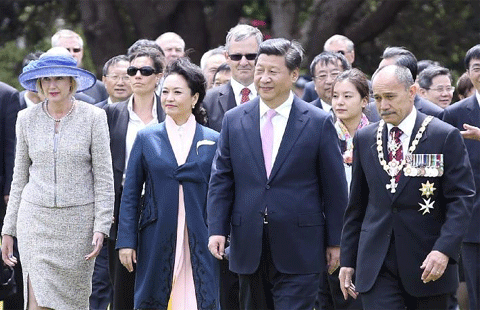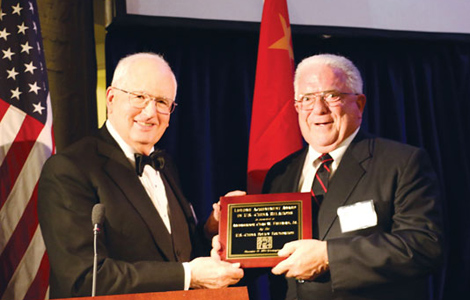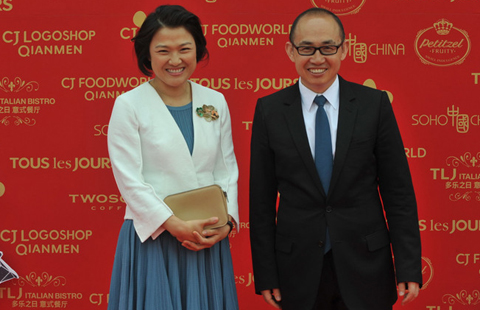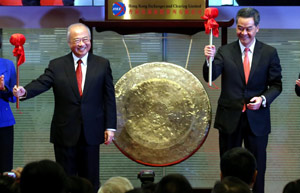Phuket's Indigo Pearl is a gem of a resort
Updated: 2014-11-18 14:07
By Valerie Ng(chinadaily.com.cn)
|
||||||||
 |
|
[Photo by Valerie Ng/China Daily] |
A little history
In the early-19th century, like many Chinese migrants, the Khaw family (the ancestors of Wichit Na-Ranong, founder and Managing Director of Indigo Pearl) migrated to South East Asia.
The patriarch, Khaw Soo Cheang, from Zhangzhou, Fujian province, first landed in Malaysia’s Penang Island in 1822 and started a vegetable farm. He later decided to venture into nearby southern Thailand (then, Siam) due to the tin mining potential. His business flourished and he became the first non-Thai to be granted the "Luang Ratanasethi" title for his honesty and loyalty to King Mongkut and made governor of Ranong.
He was also appointed the royal collector of tin royalties in the Ranong area. His descendants were later bestowed the Thai surname Na-Ranong, which means "from Ranong", by the Thai monarch. Khaw Sim Bee, his youngest son, played so integral a role in the island's development that King Chulalongkorn awarded him the royal title of "Phraya Rasada Nupradit".
Today a commanding statue of him sits atop Khao Rang overlooking the town, a testament to his leadership and vision. Intrigued by and in tribute to his ancestry, Wichit Na-Ranong used tin mining as a unique and personal source of inspiration in the creation of the resort in 2007 when he decided to revamp the previously known Pearl Village Hotel (1986 – 2006).
Today, there are only three tin mining sites still active in Phuket. Few of the island's inhabitants know about their rich industrial past. Indigo Pearl is a striking, poetic reminder of raw beauty, of vision, of a rich, bygone era.

 Jack Ma shares tips at Internet summit
Jack Ma shares tips at Internet summit
 President Xi attends welcoming ceremony in Wellington, New Zealand
President Xi attends welcoming ceremony in Wellington, New Zealand
 Car-rental firm revs up Wall Street
Car-rental firm revs up Wall Street
 Cui hails Obama's China trip
Cui hails Obama's China trip
 Peek into the life of Puju performer
Peek into the life of Puju performer
 Top 10 most powerful businesswomen in China
Top 10 most powerful businesswomen in China
 Top 10 most powerful businesswomen in China
Top 10 most powerful businesswomen in China
 Love conquers leprosy in Luduo village
Love conquers leprosy in Luduo village
Most Viewed
Editor's Picks

|

|

|

|

|

|
Today's Top News
Emission goals in China on target for 2020
Li positive on govt-Qualcomm resolution
E-commerce will change global trade: Jack Ma
Jack Ma shares tips at Internet summit
Texas talks business with China
UN official lauds China's steps on carbon emissions
Li's visit gauges economic pulse
Chinese shoppers to join Black Friday rush
US Weekly

|

|







